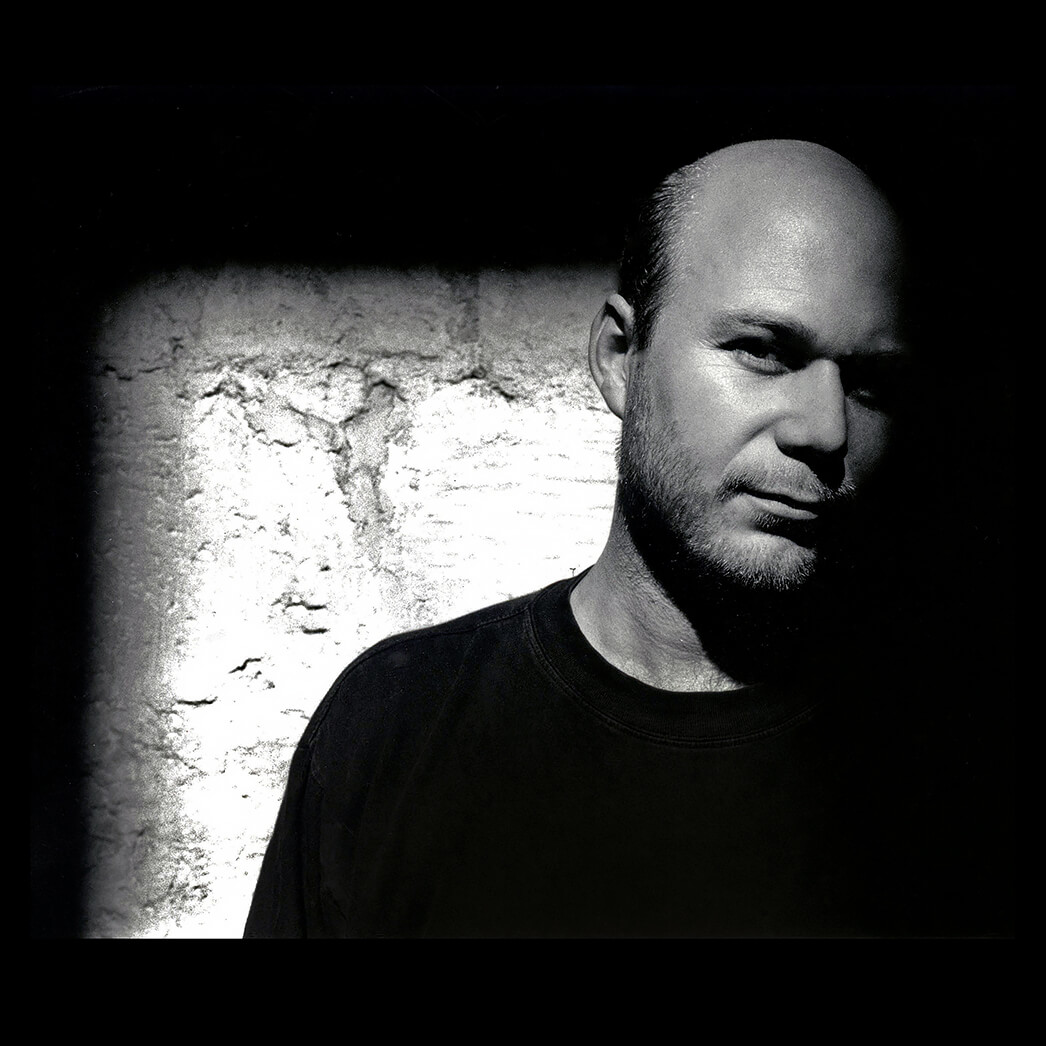Born in 1964 in Marseille, Jean-Christophe Béchet lives and works in Paris since 1990.
Mixing B&W and color, silver and digital prints, 24x36 and medium
format, polaroids and photographic 'accidents', Jean-Christophe Béchet seeks the "right tool" for each project, the one that will allow him to obtain a meaningful dialogue between an interpretation of reality and the photographic material.
Inheritor of "street photography", whether it be American, French or Japanese, he likes to refer to his photographs as INHABITED LANDSCAPES. His glance on the world is constructed book by book, the area provided by the printed page being his "natural" field of expression.
His photographs belong to several private and public collections and they have been showcased in more than sixty exhibitions since 1999, including at the Rencontres d'Arles in 2006 ("Urban Policies" series) and in 2012 ("Accidents" series) and the 'Mois de la Photo' (Month of Photography) in Paris, in 2006, 2008 and 2017.
He is also the author of more than 20 books.
FRENCHTOWN
Project created for the
Festival L'Oeil Urbain at Corbeil Essonnes
Wedged between several highways and the National Road 7, the City of Corbeil-Essonnes is located 40 km south of Paris. It is the last city in the Paris' belt. As soon as you cross its limits, you are in the middle of nature. Too far from Paris to benefit from its proximity, it's neither in the provinces. This "in-between" gives rise to a feeling of strangeness and uneasiness. In this city, I felt I was in a typical and genuine French city and at the same time in a detective film. I had the impression of being a foreign visitor, an investigator, who was exploring a "French Town" to solve a minor incident.
My photos are the result of a year of observation. I worked as a visual writer. Far from hot topics and for a long period of time, I captured the small details of everyday life and built an authentic story. Without forgetting that photography never shows reality, or truth, but an idea of reality. And it's already a lot... JCB
